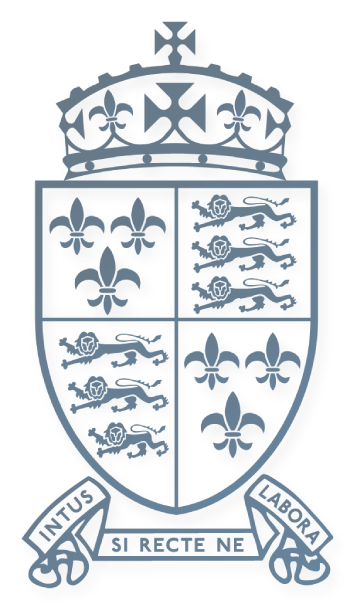Shrewsbury
Eco Committee act to help conserve Swifts on School site

With the arrival of swifts on site this may, we have been reminded of the importance and impact of our school site in conserving insectivorous birds.
With the school’s proximity to the River Severn, which will be thronging with mayflies in a few weeks, this is the most pertinent time of the year to be thinking about how Shrewsbury can aid the survival of migratory birds. Swifts are perhaps one of the most extraordinary of these migratory birds that arrive in spring, and at least five of them have been spotted flying over the School Site so far this year.
However, Swift populations have declined by 60% since 1995, and they are currently on the UK’s conservation red list. An increased global temperature has played a large role in swift population decline; however, the largest factors have been decreases in insect-food - due to decreased insect population numbers in the UK - and the destruction of nesting sites - often small crevasses in buildings – due to increased efforts to insulate modern buildings.
In light of this, the Eco-Committee wanted to see how Shrewsbury school could have a greater impact, and on Monday May 15th a trustee of the Shropshire Wildlife Trust Dr Quentin Shaw was invited to have a look around site and advise us on swift conservation. He was highly complementary of Shrewsbury School’s efforts and felt that conserving and supporting swift populations on the school site would be incredibly beneficial, especially given that we are situated on one of the largest areas of private land in Shrewsbury.
He made several key suggestions about how we may aid swifts: the first was that we could put up little signs where the swifts are currently nesting, in the roof of quod and other locations, to prevent the current nest sites from being filled in in the future.
The second was that we could put swift boxes up around site to increase the number of useable nest sites on the school grounds – he particularly earmarked the front of the DT department as an excellent location, as the overhanging shelter would emulate the caves which swifts would naturally nest in.
Given the importance of insect populations for sustaining swifts as food sources, he suggested that we may increase the number of flying insects by creating/further expanding our wildflower meadows onsite - he was greatly impressed by our current efforts in front of Kingsland Hall and in the Pollinators’ garden.
Finally, he suggested that we ask the school to ensure that all new buildings have swift bricks (faux-bricks that are used in the construction of a wall) to provide shelter. These are the best form of swift nesting as they last for many years and don’t run the risk of falling off like nest boxes. The swifts also prefer nesting bricks to boxes, and bricklayers can incorporate these into decorative brickwork.
Meeting with Dr Shaw was a great opportunity to talk with an expert in this field, and we look forward to putting his suggestions into action.
Jai H (Ch, UVI) and Felix K (S, LVI)
Nature and Conservation Working Party of the Eco Committee


















.jpg&command_2=resize&height_2=85)


